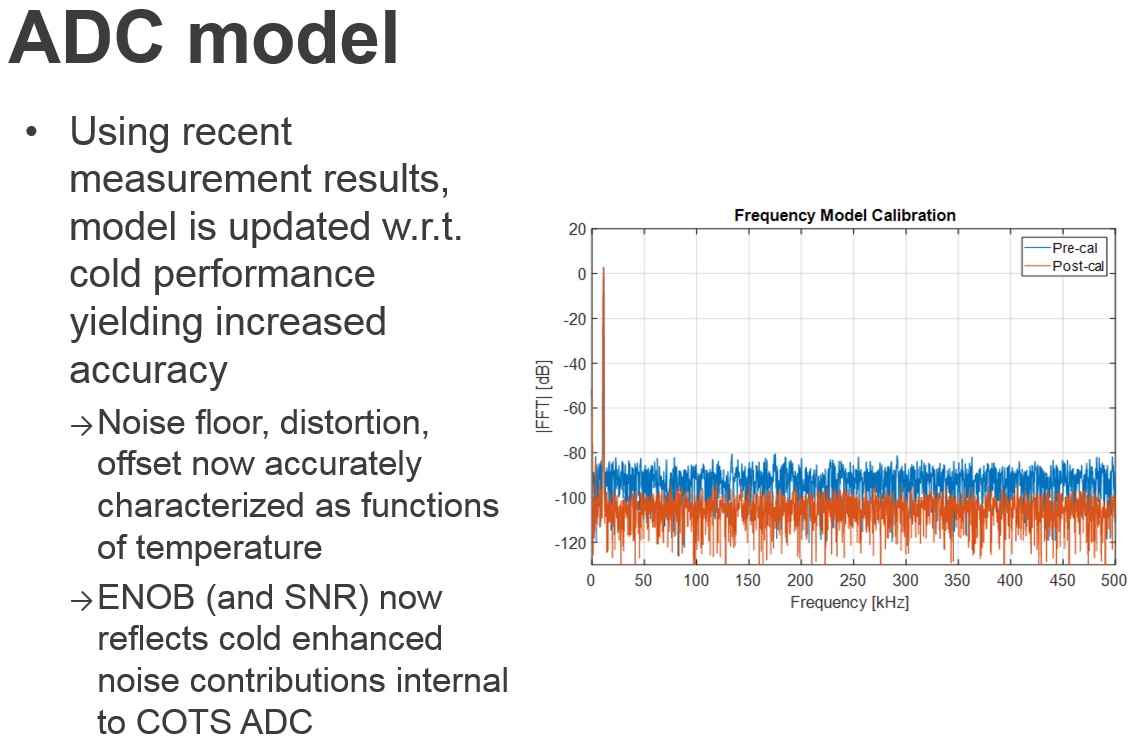Operating devices on a spacecraft without the power and weight overhead of a warm box offers greater variability in mission objectives but it is an open question how reliably commercial components perform in extreme temperature environments from room to liquid nitrogen. The main issue is that commercial devices have no guarantees of functionality or performance when operated outside their stated design ranges. For mixed signal parts, digital circuitry disruption and failure of internal voltage reference generator circuitry results in total lack of output whereas performance degradation usually occurs due to changes in analog operation. Without extensive testing and no access to extreme temperature-sensitive transistor models and schematics, it is difficult to estimate a priori performance. However, it may be possible to identify performance trends correlated with particular technology nodes, architectures, or processes. This work seeks to characterize a commercial SAR ADC over extreme low temperature range, observing changes in performance and functionality, and incorporating such changes into a behavioral model.

